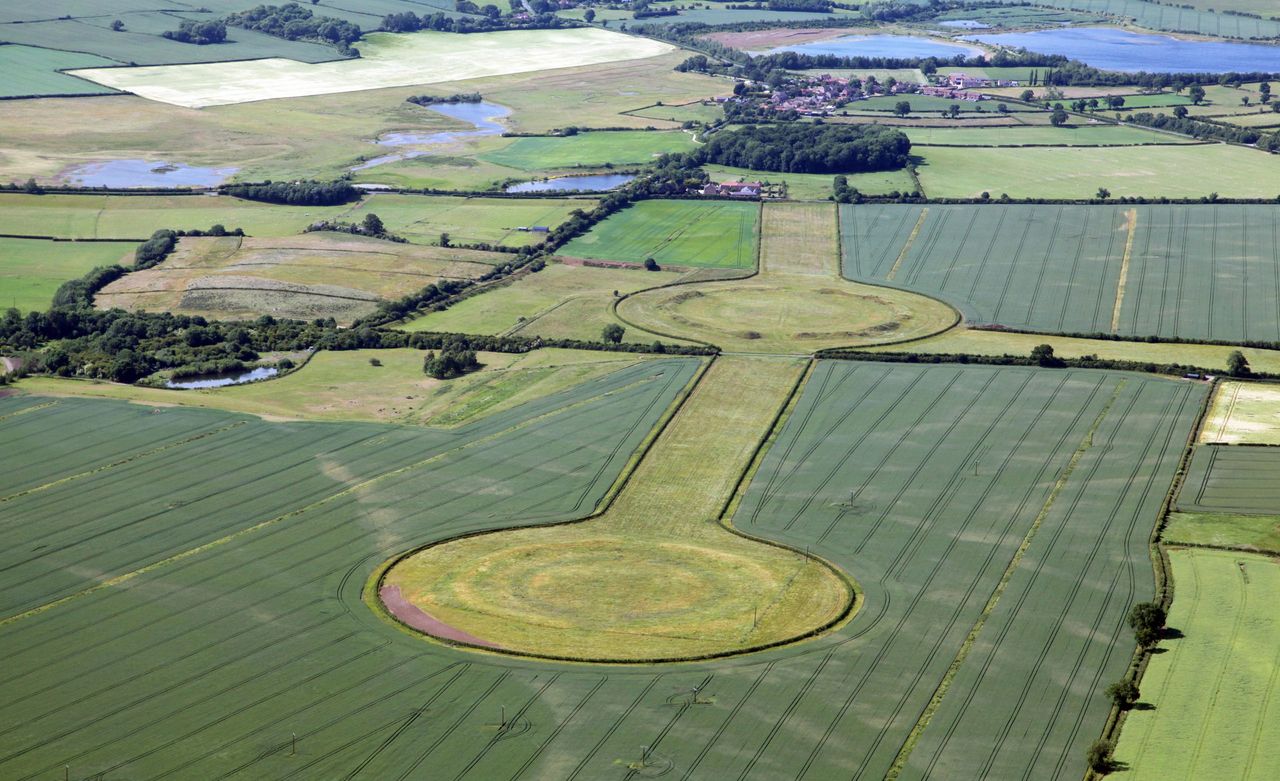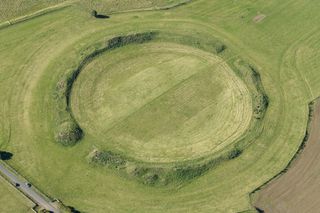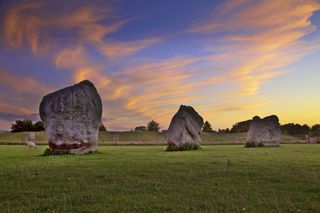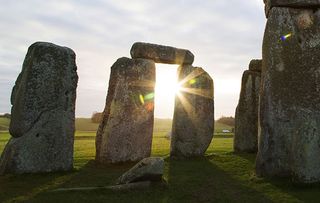'Stonehenge of the North' saved for the nation
The future of the Neolithic site at Thornborough Henges — which has been dubbed 'The Stonehenge of the North' — has been secured, and the site saved for the nation. Annunciata Elwes reports.


This time last year, the general public had little knowledge of Thornborough Henges — a series of three interlinked henge earthworks, each more than 656ft in diameter and dating back to 3,500BC–2,500BC, where once thousands of people gathered for ceremonies — near Ripon in North Yorkshire.
Now, the site is referred to as the ‘Stonehenge of the North’, following a triumphant 12 months that saw English Heritage open two out of the series of three henges to the public for the first time — after the land was handed over by construction companies Tarmac and Lightwater Holdings.
The third henge was acquired just this month.
[LISTEN: Britain's stone circles and henges, with Professor Vicki Cummings]
The purchase was made possible by a grant of £150,000 from The National Heritage Memorial Fund, as well as support from Jamie Ritblat and family and The SCS Trust. Now, for the first time in 1,500 years, this ‘remarkable survivor from the prehistoric past, from deep, deep history’, has a single owner.

‘We are incredibly proud,’ says Gerard Lemos, chair of English Heritage.
‘Reuniting the henges like this means that the public is now able to explore all three and re-connect with the people who gathered here 4,500 years ago.’
Sign up for the Country Life Newsletter
Exquisite houses, the beauty of Nature, and how to get the most from your life, straight to your inbox.
The northern henge — the one most recently acquired — is actually the best preserved of the three (indeed, one of the best preserved henges in the country), as the central and southern henges have been farmed. Evidence shows that, once, all three of the huge circular banks were covered in gypsum crystals and ‘would have glowed white for miles around’.

Stonehenge, Avebury and the stone circles of Britain, with Professor Vicki Cummings
One of Britain's top experts on stone circles, Professor Vicki Cummings, joins the Country Life podcast.

Beyond Stonehenge: The lesser-known stone circles of Britain
More likely to be ovals, arcs or ellipses, the origins and purposes of our myriad mysterious and sacred stone circles

Swinside Stone Circle, Cumbria: The 'mini-Stonehenge' which sprang up overnight
The Swinside Stone Circle is little visited, despite its chilling origin story.

Avebury stone circle in the time of Covid: 'It’s so quiet I have the stone circles almost to myself'
Fiona Reynolds takes a walk through the normally-busy Neolithic stone circle, discovering things not normally noticeable among the crowds of

Credit: Rex
Celebrating 100 years since Cecil Chubb donated Stonehenge to the nation
Friday 26 October 2018 marks the centenary of Cecil Chubb's magnanimous gesture: turning Stonehenge over to the care of the
Annunciata grew up in the wilds of Lancashire and now lives in Hampshire with a husband, two daughters and an awful pug called Parsley. She’s been floating round the Country Life office for more than a decade, her work winning the Property Magazine of the Year Award in 2022 (Property Press Awards). Before that, she had a two-year stint writing ‘all kinds of fiction’ for The Sunday Times Travel Magazine, worked in internal comms for Country Life’s publisher (which has had many names in recent years but was then called IPC Media), and spent another year researching for a historical biographer, whose then primary focus was Graham Greene and John Henry Newman and whose filing system was a collection of wardrobes and chests of drawers filled with torn scraps of paper. During this time, she regularly gave tours of 17th-century Milton Manor, Oxfordshire, which may or may not have been designed by Inigo Jones, and co-founded a literary, art and music festival, at which Johnny Flynn headlined. When not writing and editing for Country Life, Annunciata is also a director of TIN MAN ART, a contemporary art gallery founded in 2021 by her husband, James Elwes.
-
 How many puppies in the average litter? Country Life Quiz of the Day
How many puppies in the average litter? Country Life Quiz of the DayPlus a 1960s house, Hollywood's most famous cavewoman and more in Friday's quiz.
By Toby Keel Published
-
 Love, sex and death: Our near-universal obsession with the rose
Love, sex and death: Our near-universal obsession with the roseNo flower is more entwined with myth, religion, politics and the human form than the humble rose — and now there's a new coffee table book celebrating them in all of their glory.
By Amy de la Haye Last updated
